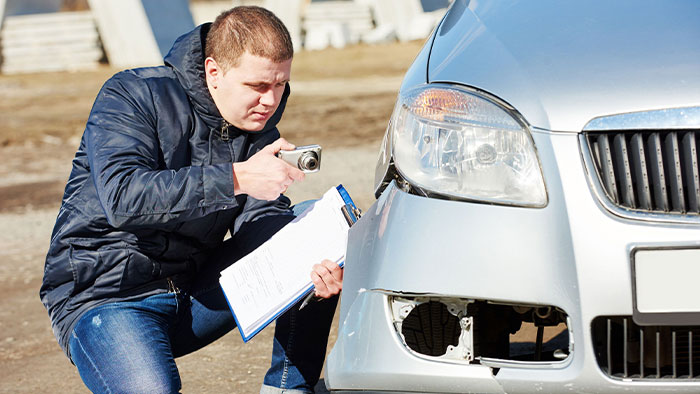
When you are in an auto accident, your insurer or the other party’s insurer will assess the damage to your vehicle. If you are lucky, it will be minor and easy to fix.
However, if your vehicle has substantial damage, it is possible the insurer will decide not to repair it. When this happens, they will declare it a total loss.
Calculating a total loss
An insurer would decide your vehicle is a total loss if the amount of the repairs is more than or close to the value of the vehicle. Your insurer will then write it off as a total loss, but if you have to make a claim with another party’s insurance, then they would figure the amount of fault. The amount of fault is a percentage the insurer feels its client is responsible for the accident. The insurer would then only pay a percentage of the damages, and if they exceed the value, they would consider it a total loss.
Calculating the value
The value of your vehicle is not an arbitrary number the insurer comes up with. It comes from the actual cash value or how much your vehicle would have sold for prior to the crash. In many cases, insurers will use a percentage of the ACV as the point where they declare a total loss because additional costs associated with repairs will usually take it over the ACV.
Once the insurer totals your vehicle, you will either give up your vehicle and receive a check for the ACV, or you may be able to keep the vehicle and get a set amount of money. Note that a total loss vehicle must get a new scrap title.
